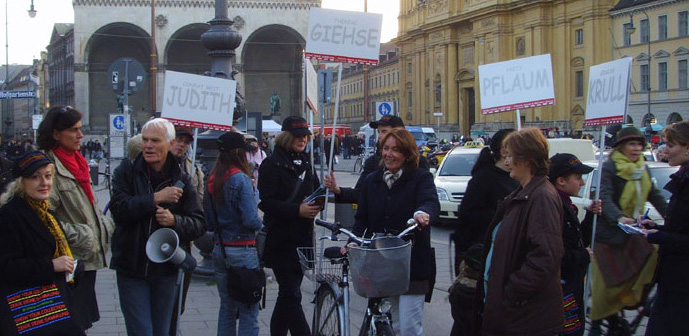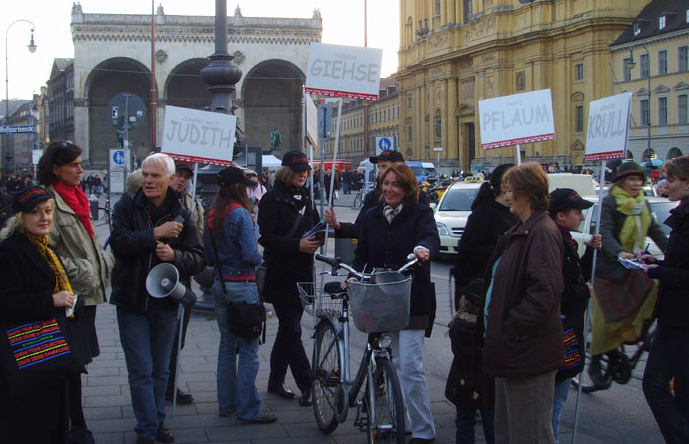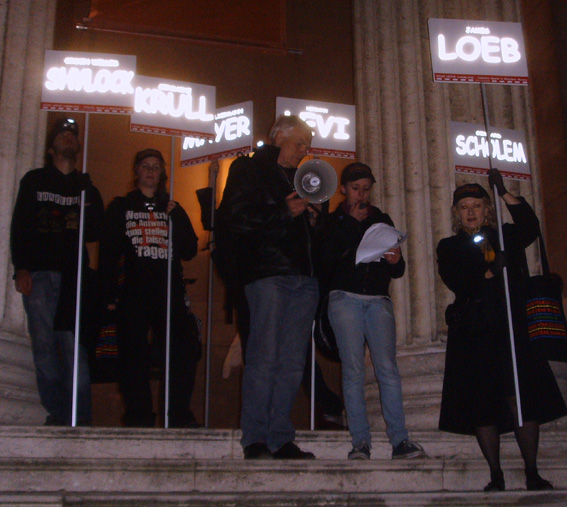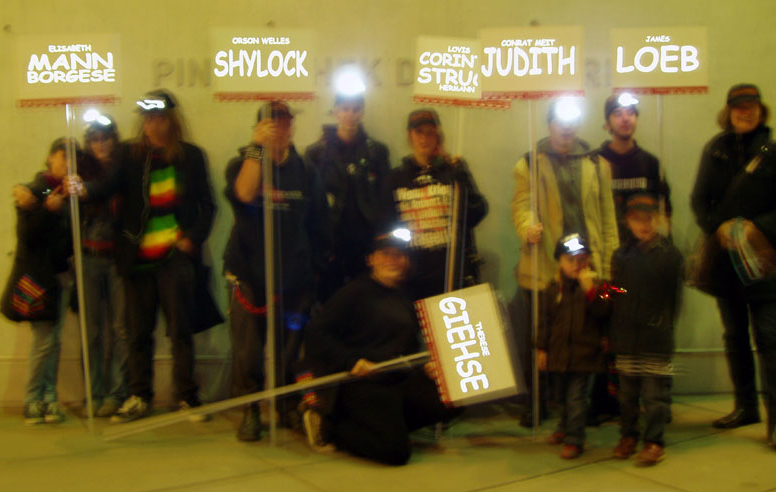How did Konrat Meit portray Judith, exhibited in the Bavarian National Museum? How did Orson Welles interpret the role of Shylock in his version of Shakespeare’s Merchant of Venice? The sensational Welles archive can be found at the Munich Film Museum. To what extent did the ‘Zwitschermaschine’ from the Deutsches Museum inspire Paul Klee’s drawing of the same name, which was shown in Munich in 1937 in the exhibition Degenerate Art and is now in the Museum of Modern Art (MoMA) in New York? What does Lovis Corinth’s portrait of the soldier Hermann Struck tell us, and who was Fritz Pflaum?
With the art project “Zeige Deine Sammlung – Jüdische Spuren in Münchner Museen” (“Show Your Collection – Jewish Traces in Munich Museums”), the artists Stih & Schnock are searching for traces of Jewish contents and objects in Munich museums and collections. In doing so, they place the complexity of Jewish culture and history in new contexts. The aim of this art intervention is to make the invisible visible behind the exhibits and archive holdings, to track down hidden relationships between collectors, museums and artefacts and to bring them to the outside world. After a year and a half of preparatory work, they present the result of their research in “Show Your Collection – Jewish Traces in Munich Museums”. The title “Show Your Collection” is a reference to Joseph Beuys and his installation “Show Your Wound” in the Städtische Galerie im Lenbachhaus.
On Saturday, 25 October 2008, Renata Stih and Frieder Schnock are presenting the project as an action in public space with a special museum tour: a group of art activists is walking through the city from museum to museum with banners, matzah bread and megaphones. In front of each institution, they tell passers-by and museum visitors the story of a person or a work of art and refer to Jewish art and culture. The tour starts at the Münchner Stadtmuseum on St.-Jakobs-Platz and moves towards the museum area to the Pinakotheken, the Antikenmuseum on Königsplatz and the Städtische Galerie at Lenbachhaus.
On Monday, 27 October 2008, the publication accompanying the project is being presented in the foyer of the Jewish Museum: The book is a collection of art and art stories that readers can delve into like a virtual museum; a collage of materials including photographs, drawings and texts from a variety of sources that point to the voids of memory.
Renata Stih, born in 1955 in Zagreb, lives in Berlin and Karlsruhe. Frieder Schnock lives and works in Berlin.



